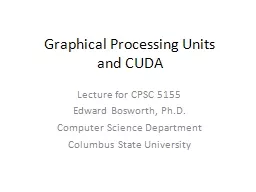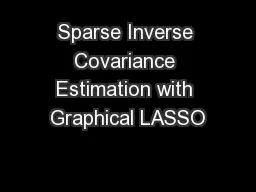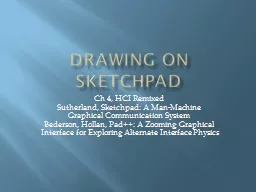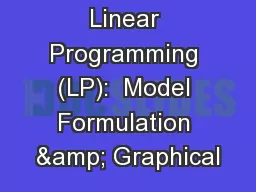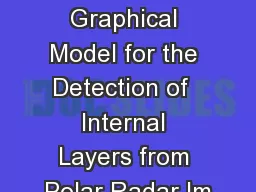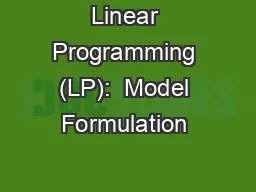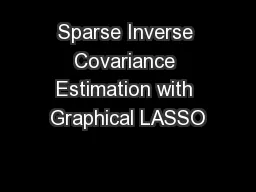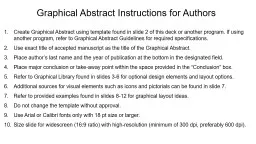PPT-Graphical Processing Units
Author : lindy-dunigan | Published Date : 2018-09-21
and CUDA Lecture for CPSC 5155 Edward Bosworth PhD Computer Science Department Columbus State University The Graphics Coprocessor From the earliest VGA designs the
Presentation Embed Code
Download Presentation
Download Presentation The PPT/PDF document "Graphical Processing Units" is the property of its rightful owner. Permission is granted to download and print the materials on this website for personal, non-commercial use only, and to display it on your personal computer provided you do not modify the materials and that you retain all copyright notices contained in the materials. By downloading content from our website, you accept the terms of this agreement.
Graphical Processing Units: Transcript
Download Rules Of Document
"Graphical Processing Units"The content belongs to its owner. You may download and print it for personal use, without modification, and keep all copyright notices. By downloading, you agree to these terms.
Related Documents

